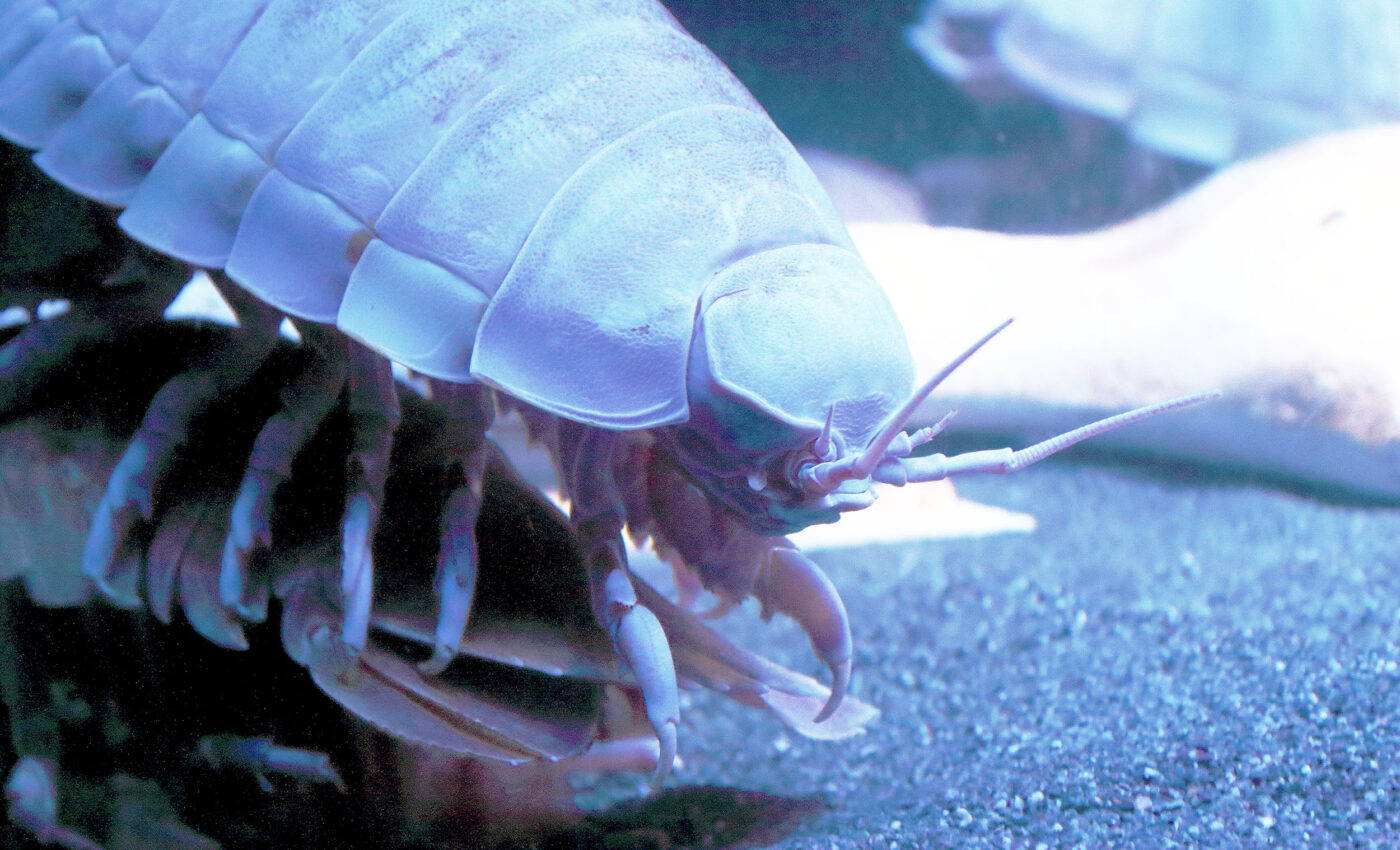
New deep-sea crustacean species discovered
In the vast and mysterious world of marine biology, a recent crustacean discovery has sparked excitement and opened doors to further understanding of our planet’s oceans.
A team of international marine biologists, including Dr. Oliver Shipley from Stony Brook University’s School of Marine and Atmospheric Sciences (SoMAS), has identified a new species of isopod, a type of crustacean, in the deep waters of The Bahamas.
This finding of the new species, named Booralana nickorum, emphasizes how much we have yet to learn about oceanic life.
This discovery furthers our understanding of the integral role these creatures play in the deep-sea ecosystem and their contribution to overall ocean biodiversity.
Glimpse into isopod diversity
Isopods, often only a few centimeters long, are a diverse group of crustaceans found in all major ecosystems on Earth.
Dating back over 300 million years, they have adapted to various environments. In deep-sea habitats, they primarily act as scavengers, playing a crucial role in recycling energy.
Remarkably, some isopods can survive years without food, a trait Booralana nickorum seems to share.
Dr. Shipley highlights the importance of this discovery, saying, “This work sheds light on the hidden diversity of these species and reveals how little we know about deep-sea ecosystems in The Bahamas.”
He also suggests that these waters might hold a “potentially hidden ‘treasure chest’ of unrecognized biodiversity.”
Discovering new crustaceans
The journey to this discovery began back in 2013, with Dr. Shipley’s focus on the Exuma Sound for his MS research.
In 2019, in collaboration with OceanX and the Cape Eleuthera Institute, he led an expedition into the Exuma Sound’s deep waters.
This expedition, part of a series aimed at documenting deep-sea biodiversity in previously unexplored areas, led to the recovery of specimens for genetic sequencing and, ultimately, to the discovery of Booralana nickorum.
This is not the team’s first significant find in The Bahamas’ Exuma Sound. In 2016, they described another new isopod species, Bathynomus maxeyorum.
These discoveries are part of a larger project exploring biodiversity patterns and food web structures in the region.
Distinguishing new Booralana species
Interestingly, before these findings, only a single Booralana species, Booralana tricarinata, was known to exist in the Northwest Atlantic Ocean.
The new species, Booralana nickorum, is distinguished by unique morphological features, particularly in its pleotelson or ‘tail.’
The discovery was made possible through a collaboration that included experts from the University of Massachusetts Amherst, like Professor Duncan Irschick.
Professor Irschick employed novel technologies to create 3D models of the specimen that are quite impressive.
Dr. Shipley also points out the broader implications of these discoveries.
“The Caribbean houses many deep-sea ecosystems that could be considered pristine, mostly hidden from anthropogenic exploitation, such as deep-sea fisheries and mining,” explains Shipley.
“Therefore, they provide a baseline from which to compare exploitation effects occurring in less pristine regions. However, these systems are not immune from the increasing impacts of climate changes and pollution, so it is critical that we understand the full extent of the biodiversity supported by these deep-sea environments.”
However, he warns that these ecosystems are not immune to the broader impacts of climate change and pollution, making it crucial to understand the biodiversity these environments support.
Educational impact and student involvement
At Stony Brook University, Dr. Shipley extends his passion for marine discovery to the classroom. He conducts an annual field course at the Cape Eleuthera Institute, where students, both undergraduate and graduate, engage directly in active discovery alongside Bahamian scientists.
This environment enriches the educational experience of Stony Brook students and contributes to the ongoing exploration of subtropical ecosystems, including the deep sea.
In summary, the discovery of Booralana nickorum represents a window into the largely unexplored marine life of The Bahamas, and underscores the importance of continued research in these critical ecosystems.
As we delve deeper into the ocean’s mysteries, we expand our scientific knowledge while enhancing our ability to protect these vital habitats for future generations.
The full study was published in the journal Zootaxa.
—–
Like what you read? Subscribe to our newsletter for engaging articles, exclusive content, and the latest updates.
Check us out on EarthSnap, a free app brought to you by Eric Ralls and Earth.com.
—–













